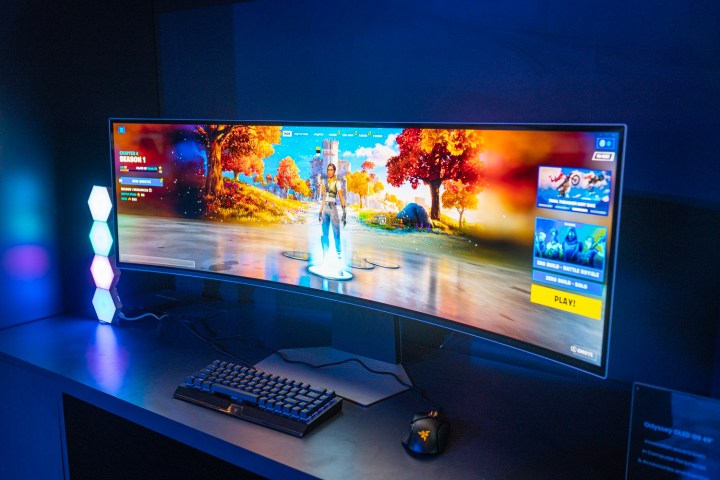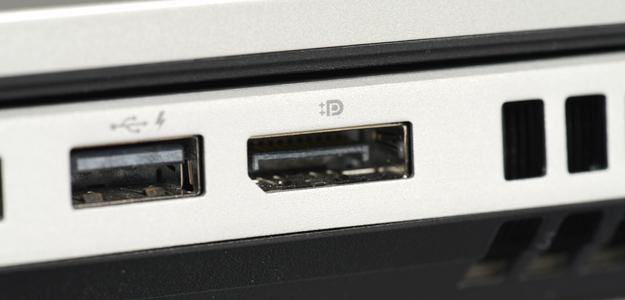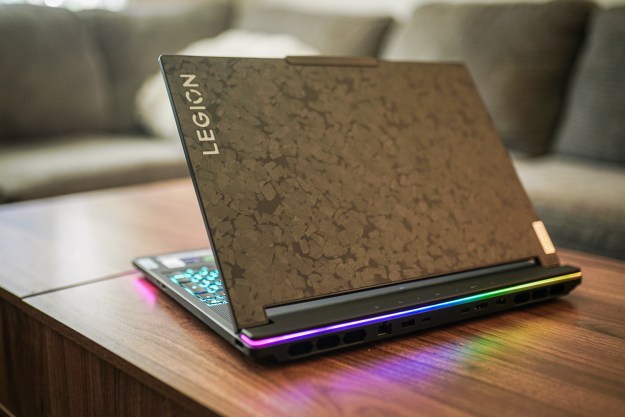The past few years have seen a convergence between TVs and gaming monitors, and CES 2023 is starting to see the two display types diverge once again. After all, the LG OLED Flex is a TV that looks like a monitor while the Samsung Ark is a monitor that looks a lot like a TV. This year, we’re starting to see the lines between TVs and monitors more clearly.
It’s not as clean-cut. Some monitors look like TVs and vice versa, but it seems the world of gaming
Exotic form factors

The biggest difference I saw at CES this year was in the form factors of
It was only natural when we started seeing displays like the LG UltraGear 48-inch OLED that customers would start questioning why they should buy a monitor over a TV. CES seems like the opportunity for brands to separate
TVs are driving at the refresh rate, with Samsung debuting models that can handle 144Hz (though many of them supported 120Hz in the first place). I see this as a short-term marketing play, as none of the consoles can support 144Hz, and there are plenty of
DisplayPort is important

One of the reasons TVs and
DisplayPort 2.1 changes that, offering far more bandwidth to drive 8K displays. Or, at least dual
Nvidia’s latest GPUs don’t support DisplayPort 2.1, but AMD cards like the RX 7900 XTX do. Over the next year, we’ll likely see a lot more DisplayPort 2.1
It’s not like 8K TVs are a pipedream, though. We’ve seen them for a few years now, and the momentum continues to grow behind them. At the moment, however, 8K TVs are driving at a general media experience where refresh rate isn’t as important. There’s still a lot of ground to cover for TVs with even managing streaming 8K content in homes. In the world of gaming
Still an awkward middle ground

I won’t pretend like TVs and gaming
However, there’s at least a solid effort to separate these two product categories, especially at the high end. As OLED continues to mature in
Editors' Recommendations
- Anything is possible in this new era of gaming monitors
- The best monitors we saw at CES 2024
- Samsung has a 3D gaming monitor that doesn’t need glasses — and it actually works
- Samsung’s new OLED gaming monitor might have a problem
- How gaming laptops grew up in 2023





